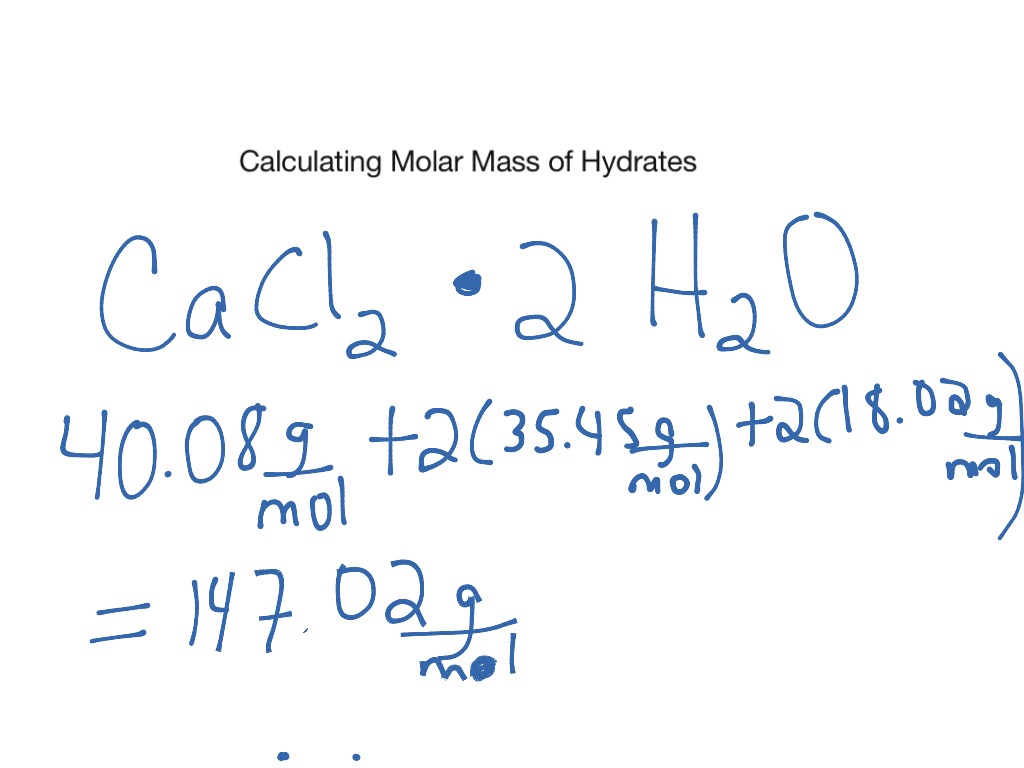

For instance, zirconium has a molar mass of 91.22 x 1 g/mol, or 91.22 g/mol. For most elements, this means that the relative atomic mass is equal to the molar mass. Next, multiply the atomic mass by the molar mass constant, which is equal to 1 gram per mole. For instance, the relative atomic mass of zirconium (Zr) is 91.22. This is usually located under the symbol and name of the element. To find an element’s molar mass, start by checking the periodic table for the relative atomic mass of the element. Molar mass is the mass in grams of 1 mole of any given substance. According to the International System of Units, a mole is the amount of any substance that contains the same number of elementary entities-typically atoms or molecules-as there are atoms in 12 grams of the isotope carbon-12.

When you’re measuring extremely tiny amounts of a substance, it can be helpful to use molar mass. One mnemonic device for remembering diatomic elements (molecules of 2 atoms) is: Have No Fear Of Ice Cold Beverages (Hydrogen, Nitrogen, Fluorine, Oxygen, Iodine, Chlorine, Bromine).Multiply them by the molar mass constant, and then multiply the result by 2. This means that if you want to find the molar mass of elements that are composed of 2 atoms, such as hydrogen, oxygen, and chlorine, then you'll have to find their relative atomic masses. Some elements are only found in molecules of 2 atoms or more.This converts atomic units to grams per mole, making the molar mass of hydrogen 1.007 grams per mole, of carbon 12.0107 grams per mole, of oxygen 15.9994 grams per mole, and of chlorine 35.453 grams per mole. This is defined as 0.001 kilogram per mole, or 1 gram per mole. Multiply the relative atomic mass by the molar mass constant.


 0 kommentar(er)
0 kommentar(er)
